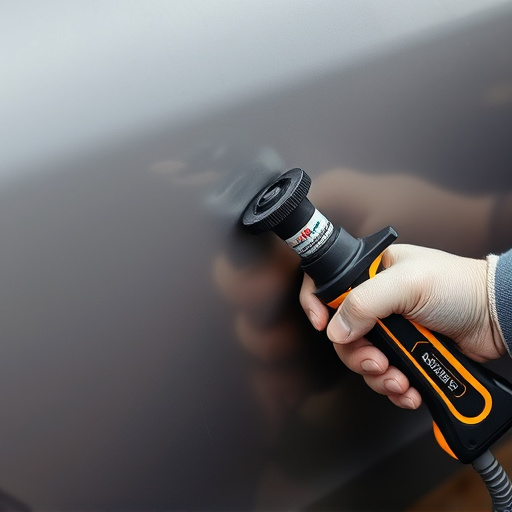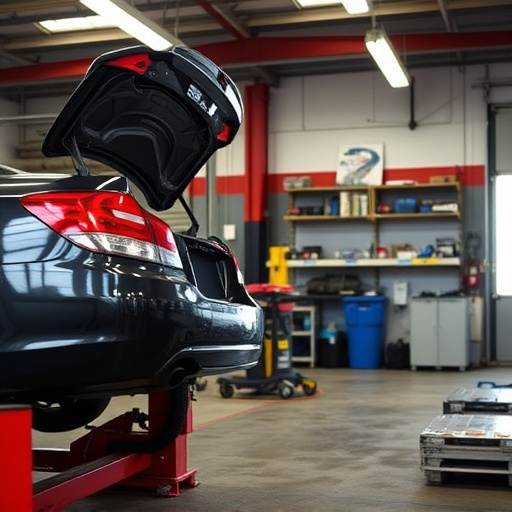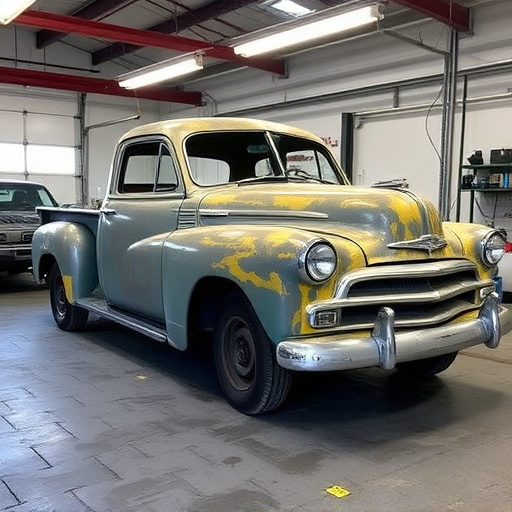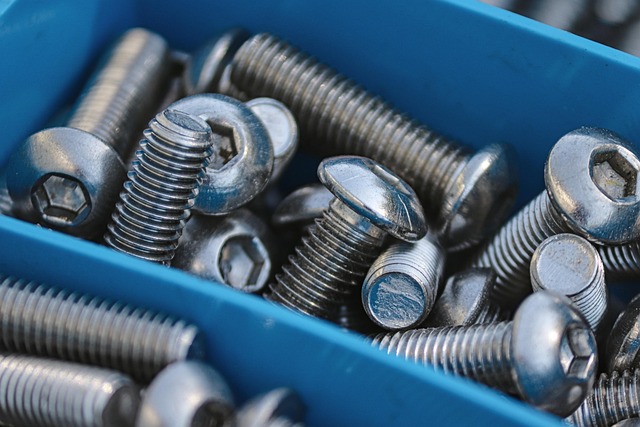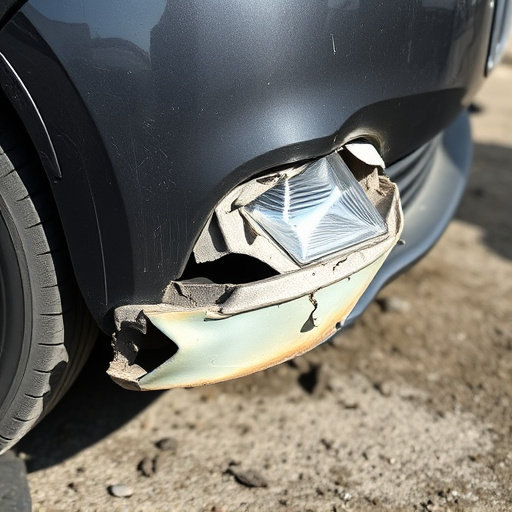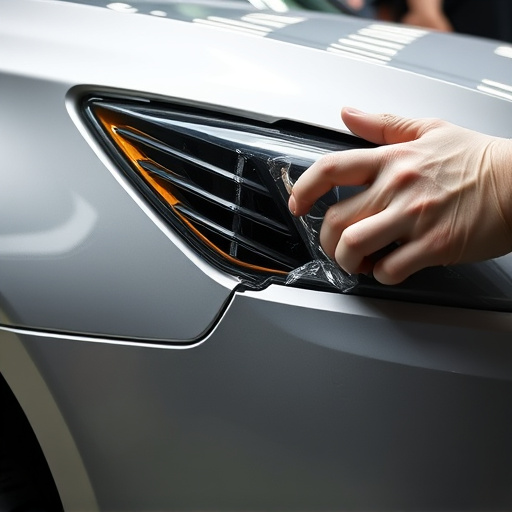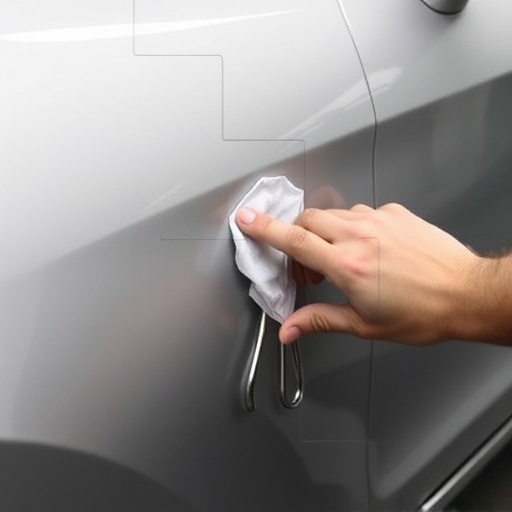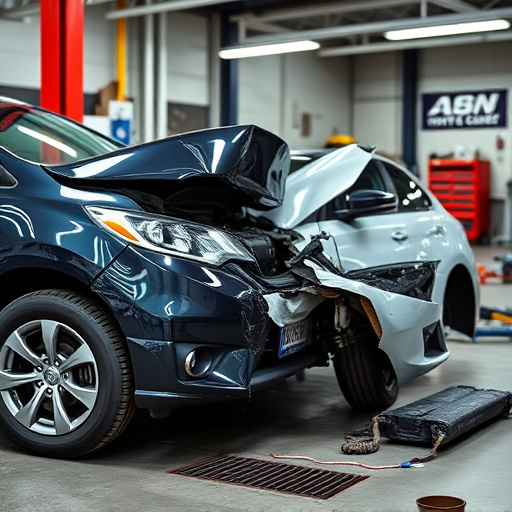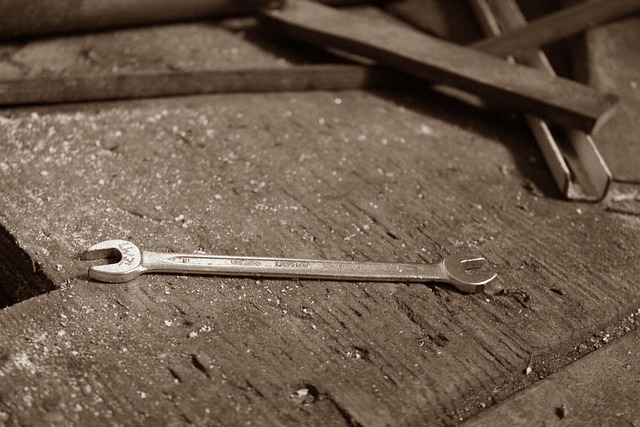The automotive industry has transitioned from steel to aluminum for lighter, safer cars, reducing weight and enhancing crash safety. Aluminum offers superior corrosion resistance, ductility, accessibility, and cost-effectiveness compared to carbon fiber components. Rigorous testing ensures structural integrity, and global standards bodies certify safety features. Maintenance optimizes vehicle safety alongside advanced materials like carbon fiber components in modern designs.
Aluminum body components have emerged as a game-changer in automotive safety, offering significant advantages over traditional steel. As the industry shifts towards lightweight materials, aluminum’s role in enhancing crash safety cannot be overstated. This article explores the evolution of crash safety and how aluminum has revolutionized vehicle construction. We delve into the benefits that make it a preferred choice over carbon fiber components, while also highlighting critical testing and certification processes ensuring safety standards are met.
- Evolution of Crash Safety: Aluminum's Role
- Advantages of Aluminum Over Carbon Fiber
- Testing and Certification: Ensuring Safety Standards
Evolution of Crash Safety: Aluminum's Role

The evolution of crash safety in automobiles has been a remarkable journey, driven by the need to protect passengers and minimize injuries during vehicle collisions. Over time, the automotive industry has witnessed a significant shift from traditional steel bodies to lighter alternatives, recognizing that weight reduction can enhance safety. Aluminum, as a lightweight yet robust material, has played a pivotal role in this transformation.
Initially, aluminum was primarily used for specific components due to its superior strength-to-weight ratio. However, advancements in manufacturing techniques and the development of high-strength aluminum alloys have made it a viable option for car body restoration and new vehicle designs. When compared to carbon fiber components, aluminum offers excellent corrosion resistance and is more accessible and cost-effective for large-scale production, making it an attractive choice for mainstream automotive applications. This shift has not only contributed to improved crash safety but also enabled more efficient vehicle manufacturing processes, including streamlined car dent removal and repair procedures.
Advantages of Aluminum Over Carbon Fiber
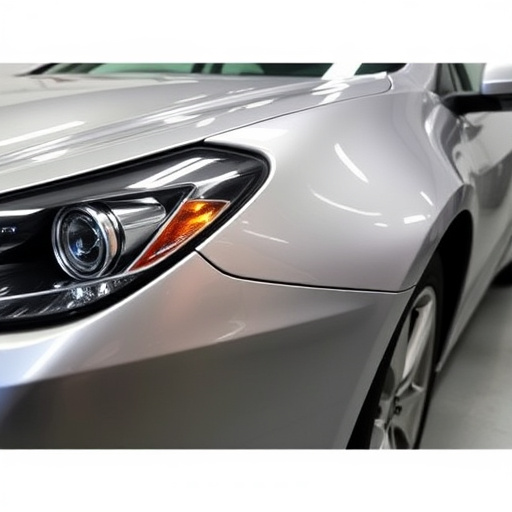
Aluminum has long been recognized as a lightweight alternative to steel in automotive manufacturing, and its advantages are increasingly being highlighted, especially when compared to carbon fiber components. While carbon fiber offers exceptional strength-to-weight ratios, aluminum boasts excellent corrosion resistance, making it a superior choice for various car body components. This is particularly relevant in the context of crash safety, as aluminum’s inherent ductility allows it to deform and absorb impact energy during a collision, enhancing overall vehicle security.
In the realm of classic car restoration and collision repair services, the use of aluminum can be a game-changer. Unlike carbon fiber, which may require specialized tools and techniques for repairs, aluminum is more accessible and cost-effective to work with for many car repair shops. This accessibility ensures that repairs can be carried out efficiently, preserving the integrity and safety of vintage vehicles without breaking the bank.
Testing and Certification: Ensuring Safety Standards
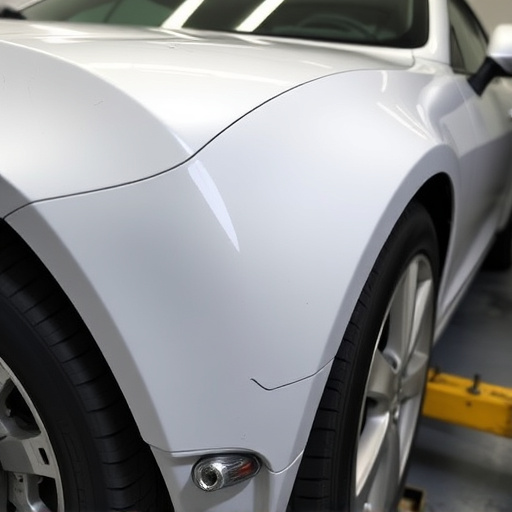
In the realm of automotive safety, testing and certification play a pivotal role in ensuring that vehicles meet stringent crash safety standards. When it comes to aluminum body components, rigorous evaluations are conducted to assess their structural integrity and performance during collisions. These tests involve simulative crashes, impact analyses, and durability assessments to verify the metal’s ability to protect occupants effectively. The use of advanced materials like carbon fiber components often complements aluminum, enhancing overall crash safety without compromising on weight reduction—a key factor in modern vehicle design.
Proper certification ensures that every part, from body panels to frames, adheres to industry-set guidelines. This meticulous process involves various standards bodies globally, ensuring consistency and reliability. In the event of accidents, these certified components are designed to deform safely, absorbing impact energy and reducing the risk of severe injuries. Moreover, regular maintenance and tire services, coupled with prompt dent removal and car scratch repair, contribute to keeping vehicles in optimal condition, reinforcing their safety features.
Aluminum body components have played a significant role in enhancing crash safety, offering advantages over traditional steel and even modern carbon fiber alternatives. Through rigorous testing and certification processes, manufacturers ensure that these lightweight materials meet stringent safety standards. As the automotive industry continues to evolve, the integration of aluminum in vehicle construction will undoubtedly contribute to safer driving experiences, providing a compelling balance between strength, weight reduction, and cost-effectiveness.
